The UK hill climbing season is as short, sharp and intense as the climbs themselves.
Racing runs from late August to the end of October, collapsing across the line at the UK National Hill Climb Championships.
Fittingly, the timekeeper’s stopwatch bleeps for the final time on the eve of Halloween. Some of the pain faces displayed on Sunday would need little embellishment for Trick or Treating.
Packed into this two-month period, dozens of events take place every weekend, so a committed (or foolish) climber could race four times a weekend.
I completed three races in a weekend on two occasions, which leaves the legs tender and the throat hoarse.

In my first season, I pinned a number on 11 times from early September to Sunday’s National Championships, where I finished 98th out of 305 on the Old Shoe in Llangollen, North Wales.
I averaged 410 watts at 5.5W/kg for 7:14 on the 1.6km course with an average gradient of 12.5 per cent.
For context, the elite men produced more than 7W/kg for five and a half minutes.
The women’s race was won in 6:46, which would have secured a top-40 finish in the men’s race.
Here’s what I’ve learnt from two months of racing full gas up some of the UK’s hardest climbs.
1. The appeal is pure and simple
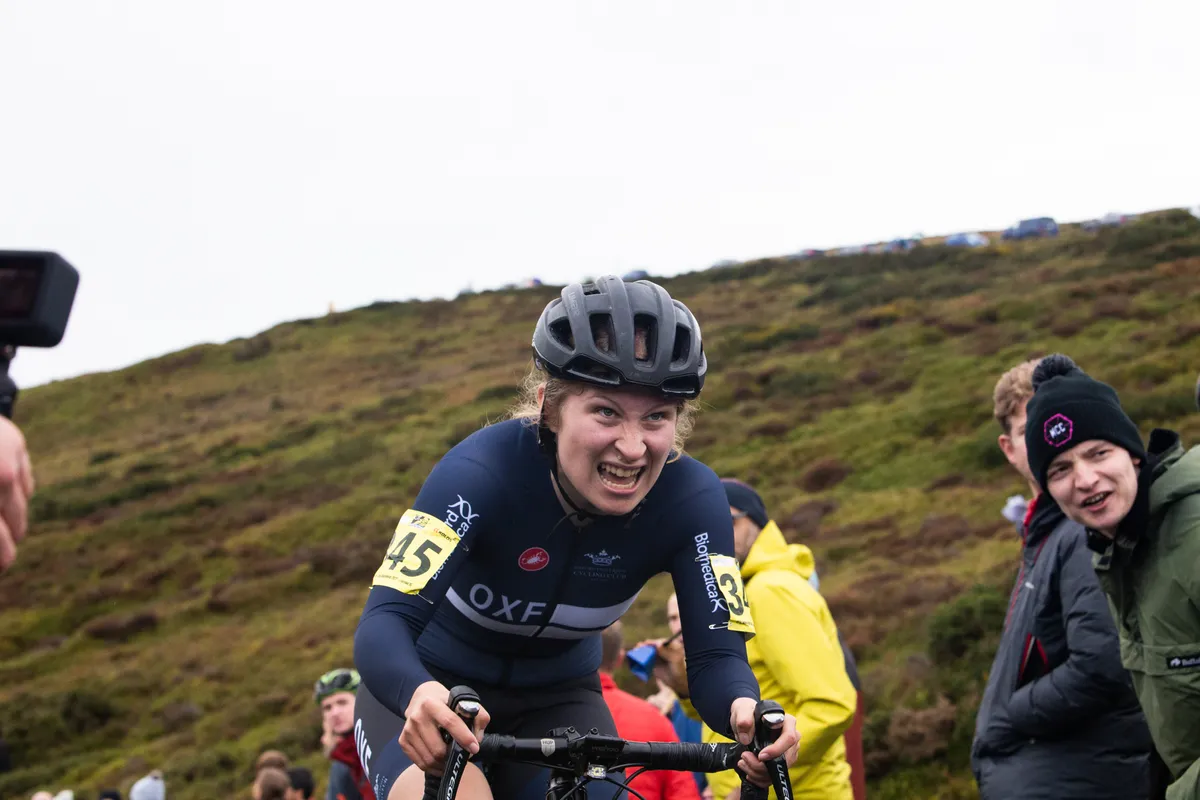
You sprint uphill until your legs and lungs burn. Slumped over your handlebars across the finish line, the taste of blood permeates through your throat.
That’s an odd way to spend a weekend morning. But it’s an addictive one and why hundreds of hill climbers like myself return week after week.
The women’s UK National Hill Climb champion, Illi Gardner, summed up the draw of the discipline when I spoke to her after Sunday’s nationals.
She said: “I like the simplicity of it.
“Everybody is out there just trying to bury themselves for however long the hill is.
“I like how it is pure and guaranteed to be painful.”
I can’t put it any more pithily than that, though I will expand a little.
The feedback from a hill climb race is instantaneous. After crossing the line, you know straight away if you’ve left any strength on the hill.
If you’ve ridden the climb before, you compare your time to a previous best – if not, to riders of a similar ability.
If you train with power, you know whether your average watts on the climb are above or below your potential.
Unless you’re an elite or especially competitive rider, you’re largely racing against yourself.
As a result, my most satisfying races were not my highest placings but when I paced it well or produced a power personal best.
2. Weight isn’t everything
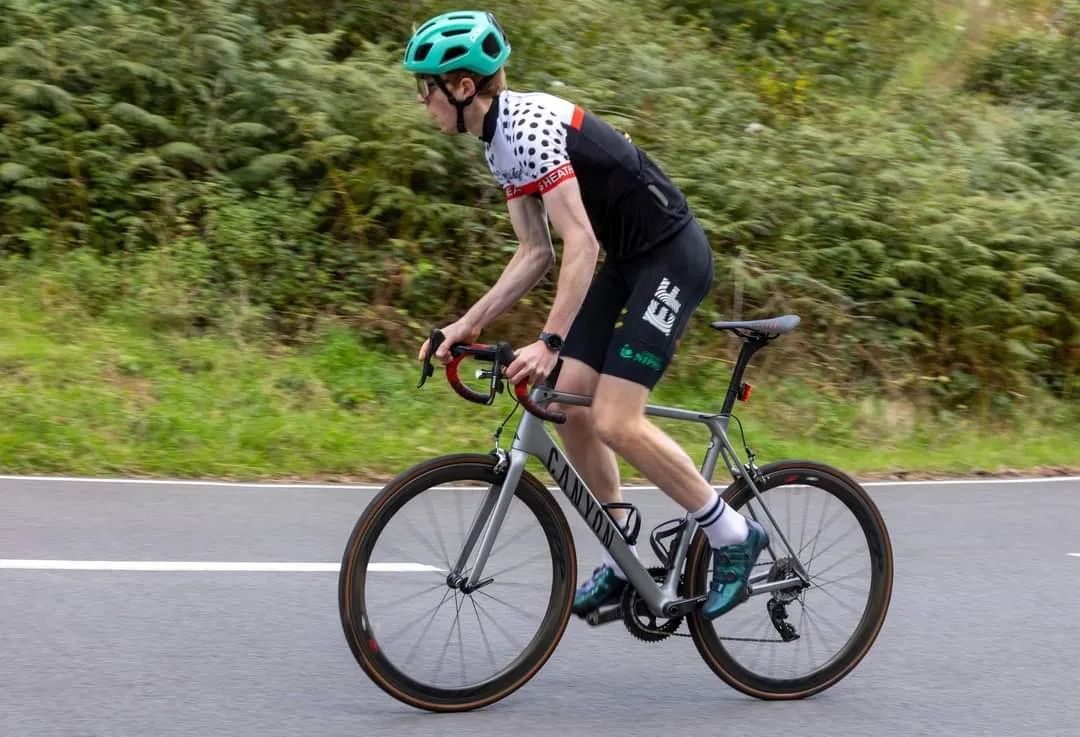
Hill climbing is the most weight-obsessed branch of a weight-obsessed sport.
It’s the domain of the sub-6kg bike and the 60kg rider, so this heading must look contrarian if not contradictory.
The hill climbing Holy Grail remains increasing power while losing weight cycling.
But weight is just half of the power-to-weight ratio equation. Losing weight helps to go fast uphill but is not essential.
You’ll get faster if your power goes up and weight stays the same, which is what I managed this year.
On Sunday, the power I held for seven minutes exceeded what I’d managed for just five minutes at the start of the season.
Because weight loss has previously left me under-fueled and under-powered, it wasn’t something I wished to flirt with this year.
Don’t feel being a taller, heavier rider like myself (190cm and 75kg) is a barrier to hill climbing.
First, because it doesn’t matter how fast you climb in this welcoming form of racing.
Second, climbs with relatively shallow gradients are more forgiving to absolute power, although the rider with the highest power-to-weight ratio will likely still prevail.
A good example is Bristol’s Belmont Hill, a 1.3km climb averaging 7.6 per cent.
I finished in 20th out of 133 and 25 seconds off the winning time of 2:50 in one of my more competitive performances.
3. It’s not about the bike
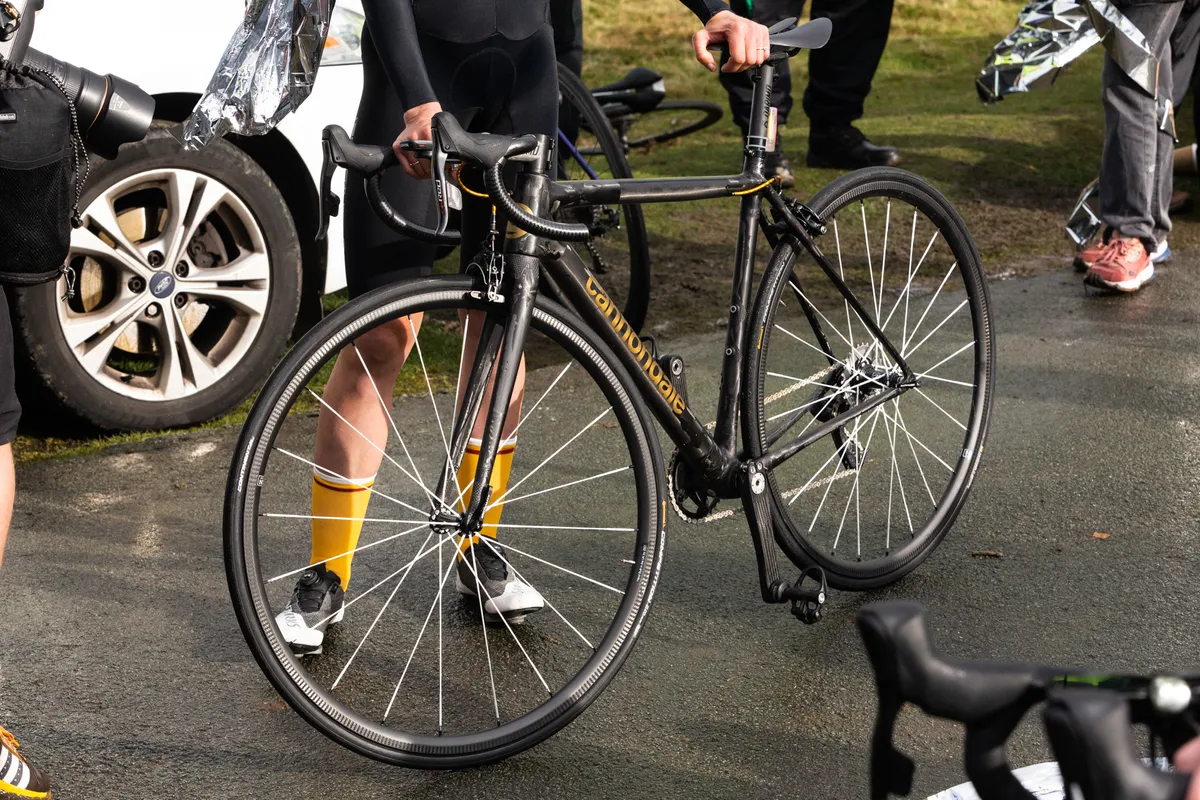
What’s true for bodies applies to bikes.
There were more weight weenie mods at the national champs than a 1960s Who gig.
However, for every feathery hill climb bike, there was another more standard build.
Weight-saving measures are fashionable in hill climbing, and like all things fashionable, style can trump substance.
Both Illi Gardner and men’s fifth-place finisher Ed Laverack rode the Factor O2, which they said weighed more than 6kg.
Laverack wasn’t the only high-placed rider on disc brakes either.
In conclusion, you can ride any bike you want. I’ve seen people ride a trike and a gravel bike.

I barely tweaked my Canyon Ultimate CF SLX, which is admittedly a climber’s dream.
There’s no need to chop things off your pride and joy, but weight-trimming tinkering is an integral and entertaining aspect of the sport.
4. Pacing is key
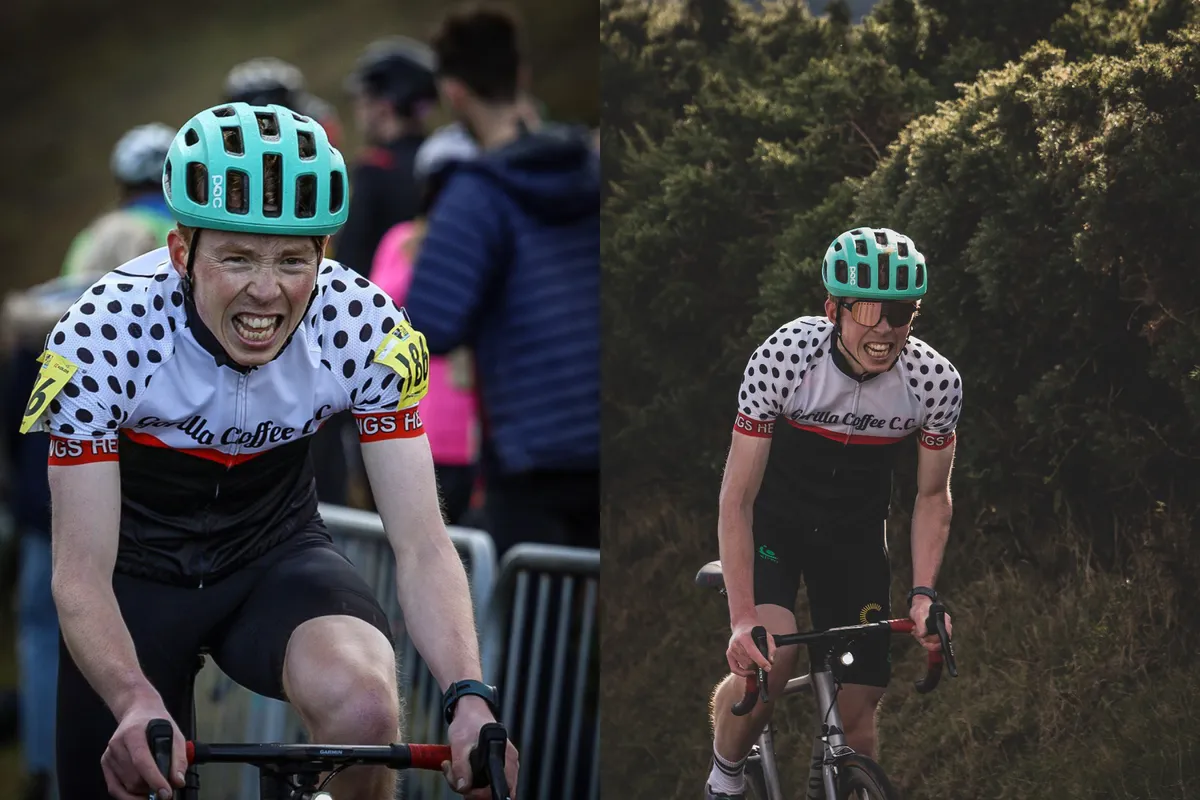
All of the elite women and men hill climbers I spoke to after Sunday’s race emphasised the importance of pacing.
2021 National Hill Climb champion Tom Bell, who finished second this year, said: “Maybe I could’ve picked it up sooner, but I didn’t want to explode and lose time that way.
“Whether I could have found that [the two-second gap to winner Andrew Feather] a little bit further down the climb, may be so.
“But you are so desperate not to go out too hard, so I was afraid of that.”
I can attest race pacing is devilishly tricky to get right, having finished races grovelling over the line and also frustratingly fresh.
As a rider with little to no kick, I found the best pacing strategy for me is to gradually ramp up the intensity rather than holding something back for an explosive final flurry.
You also need to pace your season.
While it’s enjoyable and good training to cram multiple races into a weekend, given their intensity, you can’t expect to be at your best for the second or third.
I fell into this trap at the Matlock double header: you climb Riber in the morning and Bank Road in the afternoon, two of the UK’s toughest climbs.
A friend from the area had warned me about Riber’s difficulty, and how he and other riders avoid it all costs.
He wasn’t exaggerating. Exhausted by the morning effort, my performance at Bank Road disappointed me because I hadn’t tempered my expectations.
Yet it probably shouldn’t have and wouldn’t have if I’d been more realistic.
5. Trust the training
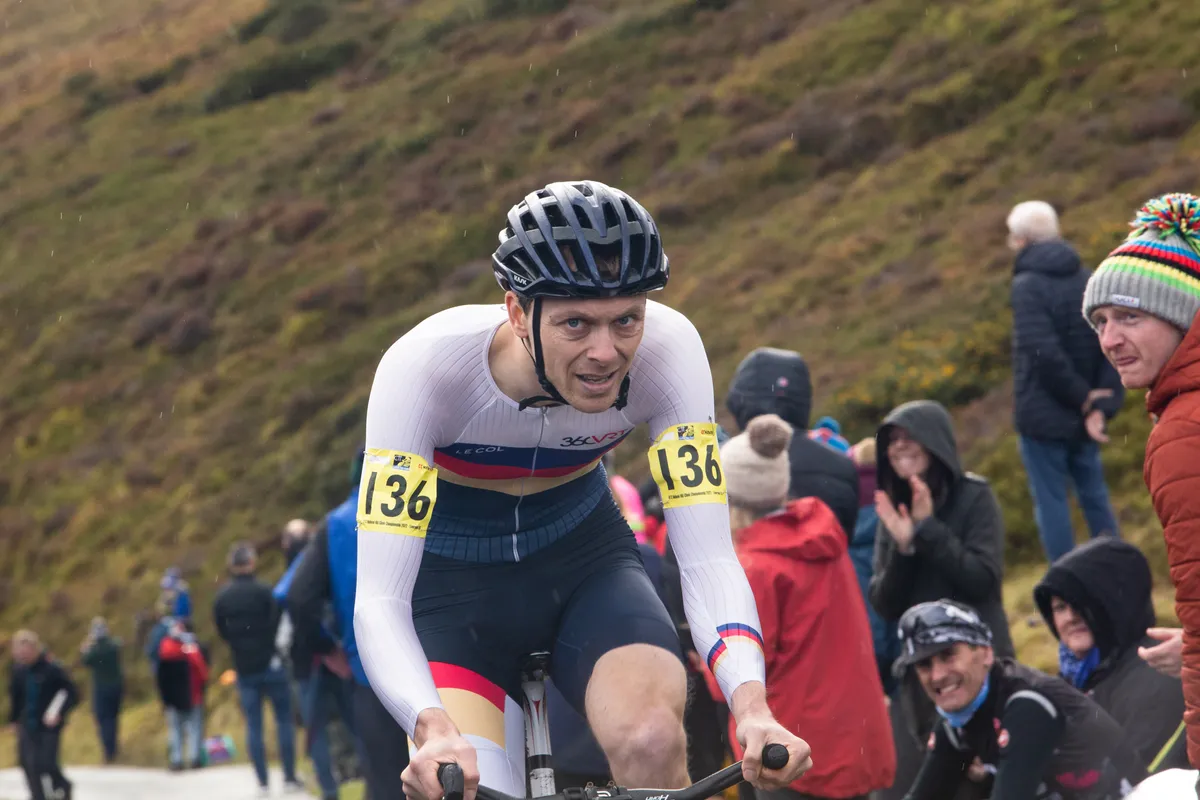
Developing superior VO2 max, anaerobic capacity and endurance, and a high power-to-weight ratio are attributes of the elite climbers.
Anyone can improve in these areas without necessarily challenging Illi Gardner or Andrew Feather.
Free information such as our guide on how to become a hill climbing star is a good start.
However, hill climb racing’s demands are so specific, investing in a training plan, a training resource such as The Hill Climb Handbook by High North Performance’s Tom Bell and Dr Emma Wilkins, or even a coach could be worthwhile.
I’d been following a rough plan to prepare for long sportives earlier in the year and found the switch to focused hill climb training invigorating.
Out went the really long endurance rides and tempo work. In came interval sessions and little other intensity over training zone two besides weekend racing.
The change topped up my motivation and brought satisfying improvements in the two-month season.
6. Lastly, this is going to hurt but try it
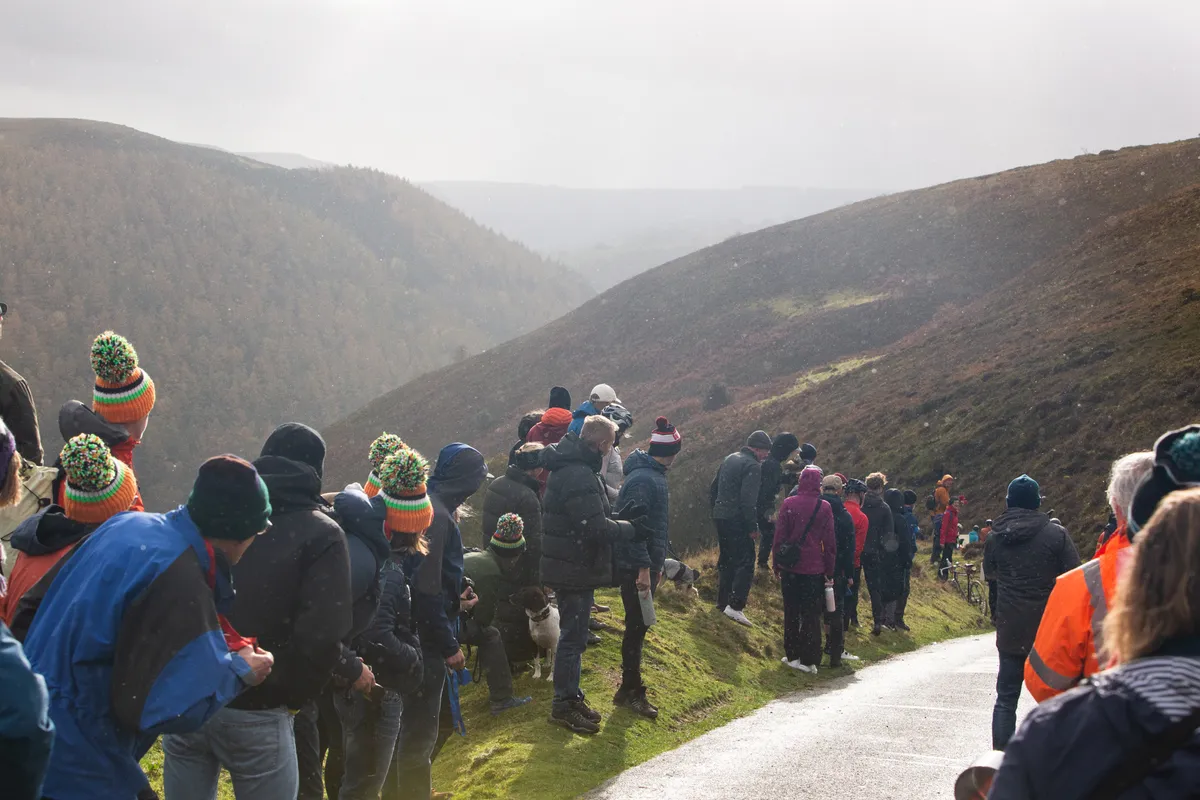
The racing itself is hard, as is the mental and physical fatigue accumulated from repeatedly pushing to your limit.
I’m certainly ready for a break, but I’m already looking forward to next season and aiming for a place at the 2023 nationals on the Struggle. The Lake District hill averages 8.4 per cent for 4.3km.
When the pain is unbearable, you’ll be encouraged by hill climbing’s magnificent supporters, who line the routes cheering you on.
Chapeau to them and to the volunteer organisers without whom there wouldn’t be hill climb racing.

